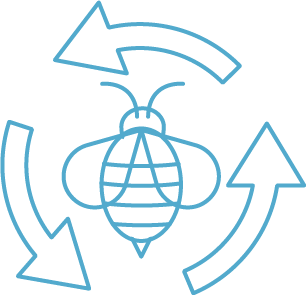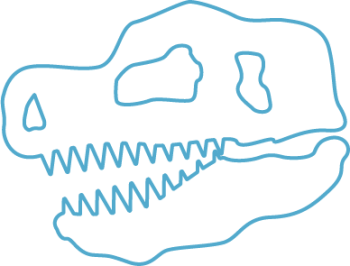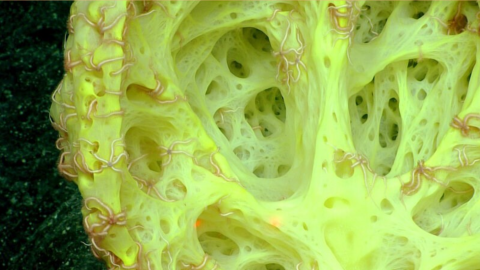Multicellularity evolved in animals, starting with the sponge, and also evolved independently in other groups. “Simple multicellularity has evolved numerous times within the Eukarya, but complex multicellular organisms belong to only six clades: animals, land plants, some red algae, laminarialean brown algae, and two groups of fungi. Phylogeny and genomics suggest a generalized trajectory for the evolution of complex multicellularity.… The fossil records of animals and plants document key stages of this trajectory." Read full abstract at: Annual Reviews - Earth and Planetary Sciences, The Multiple Origins of Complex Multicellularity.
Sponges were the first animals but they don’t fossilize well. Researchers think this sponge-like fossil may represent the first animals. But early sponges built sponge reefs (like some modern species), and paleontologists have discovered some fossil sponge reefs.





















